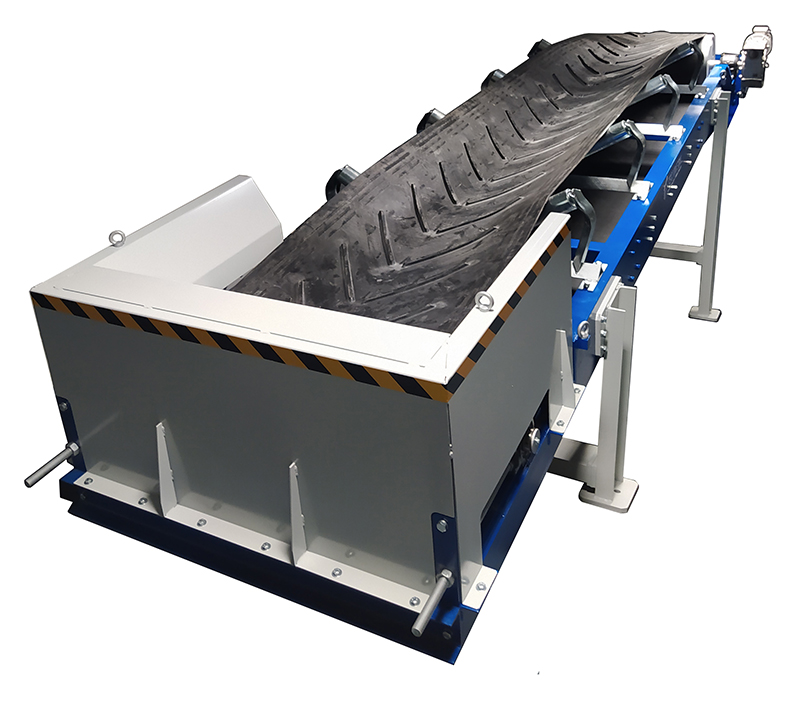Belt Conveyors: A Key Component in Automated Manufacturing
In today’s highly competitive manufacturing landscape,
automation has become a necessity rather than a luxury. One of the most crucial
components of automated systems is the trasportatori per pietre. This seemingly simple
device plays a pivotal role in keeping production lines moving smoothly and
efficiently, reducing downtime and labor costs in the process.
Belt conveyors are designed to transport materials or
products from one point to another along a continuous belt made from rubber,
fabric, or synthetic materials. They are usually powered by motors that drive
the belt over a series of pulleys, enabling the transfer of goods across
various stages of production. Whether transporting raw materials, components,
or finished products, belt conveyors offer a consistent and reliable method of
movement that supports the uninterrupted flow of manufacturing processes.
What makes belt conveyors so integral to automation is their
ability to work in harmony with other automated systems. They can be
synchronized with robotic arms, sensors, and computerized control units to
create a fully integrated production line. For example, when a product reaches
a certain point on the conveyor, a sensor can trigger a robotic arm to perform
a task such as welding, labeling, or packaging, all without human intervention.
Efficiency isn’t the only advantage. Belt conveyors also
help manufacturers meet strict quality control standards. Their steady motion
ensures that products move at a consistent speed, reducing the chance of damage
or defects caused by jerky or uneven handling. This consistency contributes to
greater uniformity in the final product, which is essential in industries like
electronics, automotive, and pharmaceuticals.
Another benefit lies in the scalability of belt conveyor
systems. As demand increases, manufacturers can easily expand or reconfigure
the conveyor layout to accommodate additional production capacity. Their
modular design makes this kind of flexibility cost-effective and relatively
simple to implement.
From a maintenance standpoint, modern belt conveyors are
designed for durability and ease of servicing. Many are equipped with
self-lubricating parts and automated diagnostic tools that alert operators to
wear and tear before it causes breakdowns. These proactive features help minimize
unexpected downtime and ensure that production continues without interruption.
As smart manufacturing continues to evolve, belt conveyors
will remain a central part of the process. Their adaptability to digital
technologies, combined with their mechanical reliability, makes them
indispensable to modern factories. In an age where speed, precision, and
consistency are paramount, belt conveyors quietly power the systems that keep
industry moving forward.


No comments: